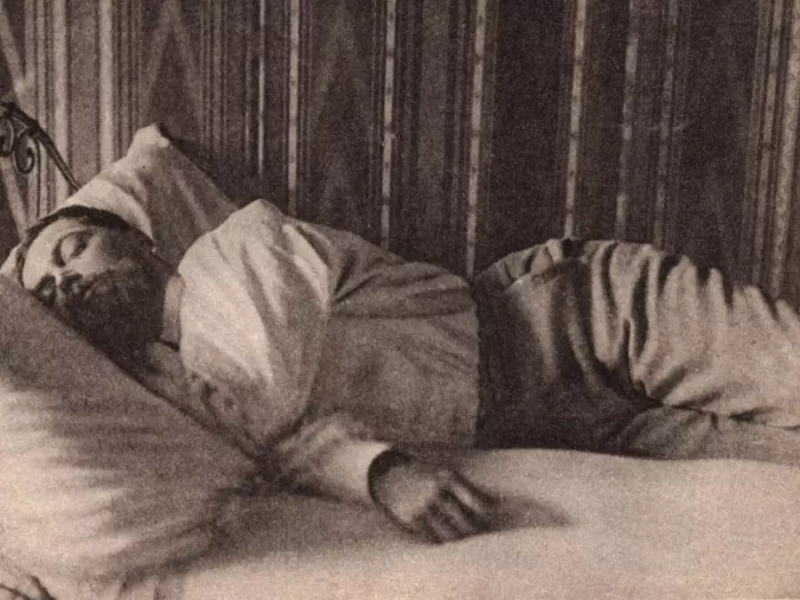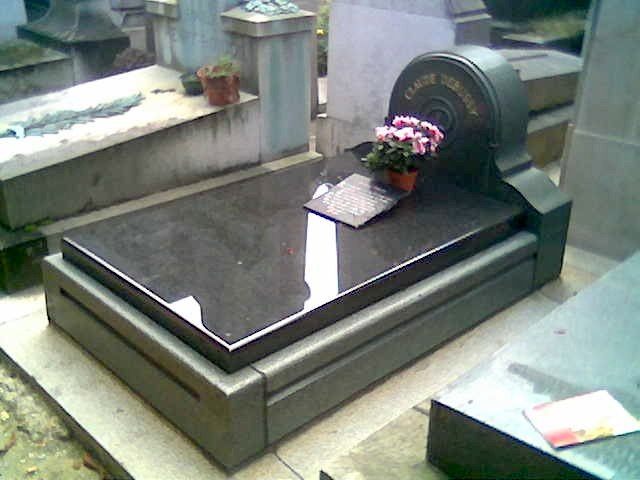Claude Debussy's funeral - under a rain of artillery fire
A fleeting glimmer of optimism appeared in June 1916 when a radium therapy appeared to promise a recovery. However, the treatment had serious side effects. The "interesting ore," as he put it, did not go down well with him. Debussy was practically in an artificial coma, had stopped working, and both his wife and kid contracted the mumps in 1916. There was never a moment of calm; the barracks' trumpets nearly drove Debussy insane, and the rain sounded like a million small dwarven drums. Then, on March 23, 1918, the Germans launched an attack on Paris using the so-called "Paris Gun," a weapon created by the company Krupp, pounding the city from a distance with some 800 grenades.
Debussy was too frail to find refuge in the cellar. He was subjected to the assault for two days before succumbing on March 25, 1918, just before midnight. René Valléry-Radot, a friend of his, remembers it like way: "He was emaciated, staring off into the distance. His hands were shaking. He smiled at me as if waking from a dream, and spoke a few loving words. Then the fog descended over his soul once more."
Three days later, the burial was to take place in the Père Lachaise artists' cemetery, but the funeral procession transformed into a risky obstacle course. The casket had to be carried around the entire city since just 20 mourners were ready to brave the streets. He was taken "under the booming and thunder of German artillery fire" to his final burial place.











